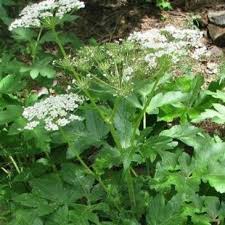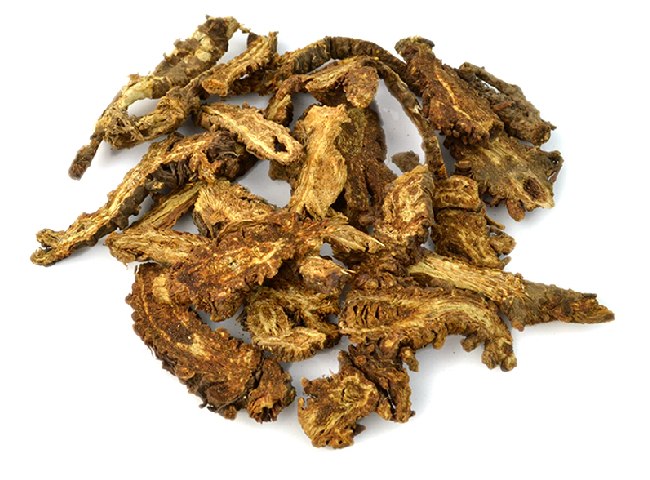Diaphoretic, Antipyretic, analgesic, antibiotic.[4]
[1] A Complete English Dictionary of Medicinal Terms in Chinese
Acupuncture and Herbalism 1981- Henry Lu Chinese Foundations of Natural Health-
The Academy of Oriental Heritage, Vancouver, Canada.
[2] Chinese Herbal Medicine Materia Medica- Dan Bensky and Andrew Gamble - Eastland
Press 1986 Seattle Washington ISBN 0-939616-15-7
[3] The Chinese Materia Medica A practical English- Chinese Library of Traditional
Chinese Medicine Publishing House of Shanghai University of Traditional Chinese
Medicine. Director Hu Ximing ISBN 7-81010-111-X/R-110
[4] Translation notes from Gary Seiford and Hocu Huhn- NSW College of Natural
Therapies. Sydney Australia (1982).
Images
1.
aliexpress.com
2.
hada-herbalmedicinesradix.com
Angelical.[1]
References
[1] Chinese Herbal Medicine Materia Medica- Dan Bensky and Andrew Gamble - Eastland
Press 1986 Seattle Washington ISBN 0-939616-15-7
 Notopterygium
incisum. 羌
活 Qiāng
huó Notopterygium
Family: Umbelliferae
Notopterygium
incisum. 羌
活 Qiāng
huó Notopterygium
Family: Umbelliferae
